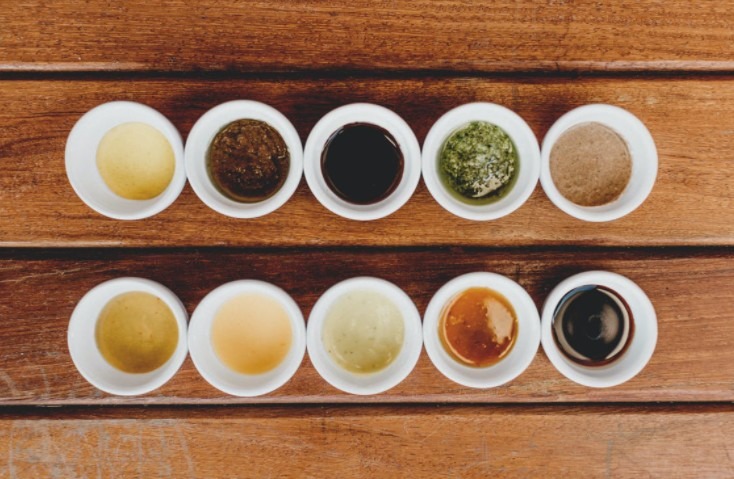There’s so much more to France than the famous Eiffel Tower. Pretty sure you have heard of the French mother sauces. These sauces were deemed “mother” for a reason. Just like our mothers, we are nothing without them. The same logic applies to French cuisine—without these sauces, the French cuisine would not be as sought-after as it is today.
Though many people will argue for the supremacy of chocolate sauce and chimichurri, for years, it has been proven that only the five French mother sauces are the only essential. These sauces may look and sound intimidating, but these will surely amp up your confidence in the kitchen. Without further ado, let’s dip in (pun intended) to the five French mother sauces!
First of all, what is a mother sauce?
Back in the 19th century, French chef Marie Antoine-Carême was the first one to group French sauces according to the four foundational sauces. Later on, French chef Auguste Escoffier added another one on the list, hence our modern five French mother sauces.
These sauces are the foundations of many French dishes and other sauces, and culinary students should know these sauces by heart or else they will not succeed in their journey.
What is Roux?
Roux is worth discussing before we dive into the five sauces. Before a liquid becomes a sauce, it should be thickened so that it clings and coats to food instead of being runny. The thickening process can happen by cooking down or letting the liquid simmer as moisture evaporates, like tomato sauce. However, other sauces may need additional help.
This is where roux takes place—it is the act of cooking fat and flour before adding in the liquid that you desire to be thickened. The fat is usually butter, but other types of fat can be used. The fat and flour are cooked briefly, and when the liquid is finally added, the flour thickens and produces a good-looking, great-tasting sauce.
The 5 French mother sauces
Now that you have a brief background about the mother sauces and how they are made, let’s now figure out which sauces have made it to the list:
1. Béchamel
The Béchamel is roux with milk or other dairy product to create a white sauce. If you ever had French macaroni and cheese or chicken pot pie, then you’ve probably heard of this sauce. By itself, this sauce is bland. Therefore, other people use to mix it with other ingredients.
2. Espagnole
This basic brown sauce is made of veal stock or brown beef, tomato puree, and browned mirepoix. Considered the heaviest among the mother sauces, all ingredients of the Espagnole ingredients were thickened using a dark brown roux. You will usually find this sauce in demi-glace and boeuf bourguignon.
3. Velouté
This sauce is a light roux whisked with light stock such as turkey, chicken, and fish. The finished sauce takes on the flavor of the used stock. The name velouté was derived from the French word for velvet, a word that describes something smooth yet light and delicate. The velouté is usually served over poultry or fish cooked by steaming or poaching. Among the five mother sauces, this is considered as the least complex to accomplish.
4. Sauce Tomat
As the name suggests, this sauce is made by cooking tomatoes until they turn thick. You can also thicken it with the roux. Unlike conventional tomato sauces in the market, the classic sauce tomat is flavored with aromatic carrots, onions, and pork. The mixture of ingredients results in an amazingly tasty sauce that is used to create other condiments like Spanish, Creole, and Portuguese sauces.
5. Hollandaise
The hollandaise is all the rage because of its role in the famous breakfast meal eggs Benedict. This sauce is a mixture of lemon juice, clarified butter (a type of butter that does not have milk solids), and egg yolks. These ingredients are whisked at low temperatures to create a thick consistency. This is deemed as a very delicate sauce because of its vulnerability. On the other hand, this sauce is also considered as the most versatile mother sauce since it can be paired with a wide array of food choices, including vegetables, baked potatoes, red and white meats, and eggs.

